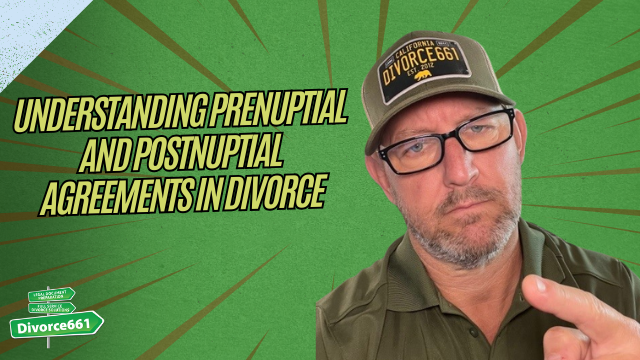How to Ensure Your Divorce Agreement is Legally Enforceable
Reaching a divorce agreement is a significant milestone, but it comes with the responsibility of ensuring that the agreement is legally enforceable. If not properly drafted, signed, or filed, your divorce agreement may face challenges in court. Here’s a comprehensive guide to creating a legally sound divorce agreement in California that meets all legal requirements.
Understanding the Marital Settlement Agreement (MSA)
An essential component of the divorce process is the Marital Settlement Agreement (MSA). This agreement outlines how you and your spouse will divide property, debts, and handle spousal support. If you have children, it will also cover custody and child support arrangements. The MSA must be clear, detailed, and specific. Vague or informal language can lead to confusion, making enforcement difficult.
Proper Filing and Court Approval
Your MSA must be included in your final divorce judgment and approved by the court. If it’s not properly filed or formatted, the court may reject it, rendering it unenforceable. We’ve worked with clients who believed they had solid agreements, only to find that their paperwork lacked the required legal language. Such oversights can result in significant delays and complications.
Compliance with California Family Law
It’s crucial that your agreement complies with California family law. For example, child support must meet state guidelines. If you attempt to waive child support entirely or agree to an amount that’s too low, the court may reject that portion of your agreement, even if both spouses consent. This highlights the importance of adhering to legal standards.
Including Important Details in Your Agreement
If your agreement includes ongoing obligations such as spousal support or a property buyout, make sure to specify deadlines, amounts, and enforcement language. In cases where your ex-spouse fails to follow through, you want the court to have clear instructions to intervene and enforce the agreement.
Real Client Stories: Learning from Experience
We once assisted a client who had a detailed agreement but lacked the necessary legal formatting required by the court. After rewriting the document correctly, it was approved and became fully enforceable. This case serves as a reminder of how critical it is to ensure all legal requirements are met.
Why Choose Divorce661?
- We draft legally sound agreements that courts accept the first time.
- Our flat-fee pricing means no hidden costs.
- We handle all filing and ensure full compliance with California law.
Steps to Ensure Your Agreement is Enforceable
Here are key steps to take to ensure that your divorce agreement is enforceable:
- Be Clear and Specific: Use precise language in your agreement to avoid ambiguities.
- Include Necessary Legal Language: Ensure your MSA has all required legal terms to be accepted by the court.
- Follow California Family Law: Familiarize yourself with state guidelines for child support and other obligations.
- Document Everything: Keep detailed records of all communications and agreements made with your spouse.
- Consult Professionals: Work with knowledgeable legal professionals to draft your agreement.
The Role of Child Support Guidelines
Child support is a critical component of divorce agreements, especially when children are involved. California law has specific guidelines for determining the appropriate amount of child support. If you try to agree on an amount that is below the guidelines, the court may reject it. Even if both parents consent to a lower amount, the court prioritizes the child’s best interests in its decisions.
Enforcement Clauses: Why They Matter
Including enforcement clauses in your agreement can provide additional security. If your ex-spouse fails to meet their obligations, these clauses give the court clear instructions on how to intervene. This is particularly important for ongoing obligations like spousal support or child support.
Common Pitfalls to Avoid
There are several common pitfalls that can lead to your agreement being deemed unenforceable:
- Lack of Clarity: Vague terms can create confusion and lead to disputes later.
- Improper Filing: Ensure all paperwork is filed correctly to avoid rejection by the court.
- Ignoring State Guidelines: Always comply with California laws regarding support and custody.
- Failing to Document Changes: If circumstances change, be sure to update your agreement accordingly.
Conclusion: Peace of Mind for Your Future
Creating a legally enforceable divorce agreement is crucial for ensuring that both parties adhere to the terms set forth. By following the steps outlined in this guide and working with experienced professionals, you can gain peace of mind knowing that your divorce terms are enforceable and legally sound. If you want to ensure your divorce agreement meets all necessary legal standards, visit Divorce661.com for a free consultation today!
Have Questions? Let’s Talk!
Have you faced court issues with your divorce paperwork? We’re here to help! Comment below or reach out to us for assistance.










